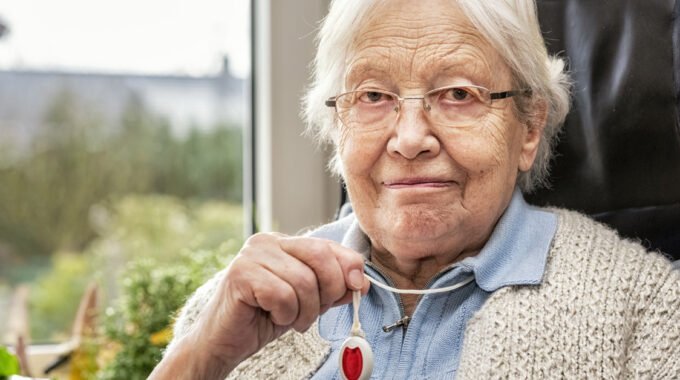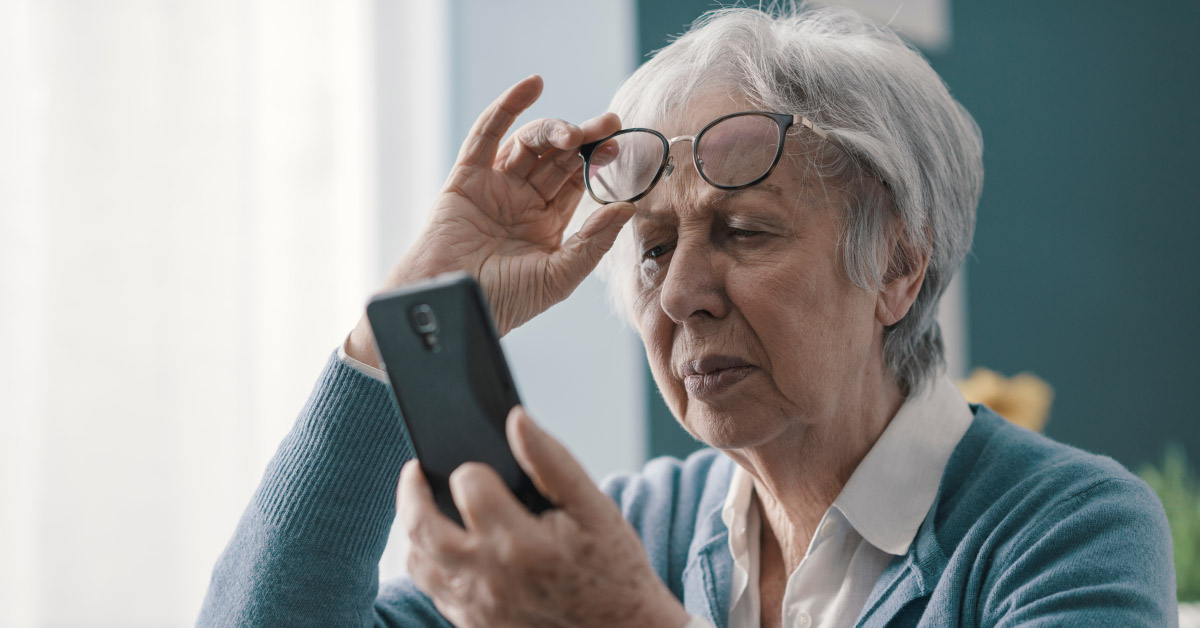
Inpatient Facility to Home: Transitional Care Management Saves Lives
People often mistakenly believe that being discharged from the hospital or nursing home means they are safe. In truth, many people going home from inpatient stays are only beginning their health care journeys. This proves especially true for seniors. For nearly 20 million Americans each year, mortality rates and the risk of other negative outcomes remain higher in the weeks following a hospital or nursing home discharge.
Defining Transitional Care Management
Transitional Care Management (TCM) refers to medical services designed to help patients implement their care plans as they leave inpatient settings and arrive home. Doctors in outpatient offices can bill Medicare for TCM using CPT codes 99495 or 99496. The codes cover one office visit with a large bonus for double checking the medication lists and managing referrals to other services such as pharmacies, home health, home medical supply, etc. TCM reduces Medicare spending 10% and lowers the patient mortality rate 38%.1 When more attention is recommended, doctors can order a home health agency to send nurses to a patient’s home for repeated visits. Home health is known to independently lower one-year mortality rates 20% while reducing per-patient, annualized spending by $15,000.2
The Need for Transitional Care Management
Why would follow-up services make such a big difference? Patients are often sent home with a lot to do, and it’s not always easy. Most discharge instructions are written in a way that the patient cannot fully understand.3 Worse yet, as patients transition between care settings, errors on medication lists increase. One report found that 40% of people age 65+ had medication-list errors after discharge.4 TCM addresses these and other challenges.
The Problem with Transitional Care Management
Many Americans do not receive TCM from their doctors due to lack of coordination, lack of awareness, or lack of appreciation for the service on the part of patients. For TCM to work, patients need to contact their doctors within a couple of days of discharge and see the doctor within two weeks of discharge. In most cases, this does not happen. Resultantly, less than 10% of seniors eligible for TCM receive it.1
Home Health TCM
Home health, especially Medicare-certified home health, can fill many of the gaps. In TCM, speed is often essential. It can be hard to get into a doctor’s office the day after a hospital discharge. Their schedules may not have room, and patients are likely tired and reluctant to go. Home health agencies tend to be staffed for fast, convenient visits to patients’ homes to begin TCM services. Most home health agencies can visit within two days or less. Many can visit on the same day as the inpatient discharge as well has have any needed equipment set up and waiting for a patient to arrive home.
Moreover, where Medicare pays doctors for one TCM visit, Medicare pays home health agencies to visit as often as needed to ensure a patient’s recovery is proceeding according to plan. Services can include:
- Developing a personal health record
- Observation & assessment
- Reconciling medications
- Setting up effective medication self-management plans
- Developing action plans for worsening conditions
- Teaching patients and families to quickly recognize worsening conditions
- Encouraging patient communication with their doctor
Takeaways
In all of this, the big message for patients is, “Be your own advocate.” Recognize the life-saving value of transitional care management. Get that service from your outpatient doctor. If faster TCM or more attention than one visit is warranted, ask for home health.
References
- Bindman A, Cox D. Changes in health care costs and mortality associated with transitional care management services after a discharge among Medicare beneficiaries. JAMA Intern Med. 2018; 178 (9): 1165-1171.
- Xiao R, Miller J, Zafirau W, et al. Impact of home health care on health care resource utilization following hospital discharge: a cohort study. The American Journal of Medicine. 2018; 131 (4): 395-407.
- Choudhry AJ, Baghdadi YM, Wagie AE, Habermann EB, Heller SF, Jenkins DH, Cullinane DC, Zielinski MD. Readability of discharge summaries: with what level of information are we dismissing our patients?. The American Journal of Surgery. 2016 Mar 1;211(3):631-6.
- Manias E, Annakis N, Considine J, Weerasuriya R, Kusljic S. Patient-, medication-and environment-related factors affecting medication discrepancies in older patients. Collegian. 2017 Dec 1;24(6):571-7.






